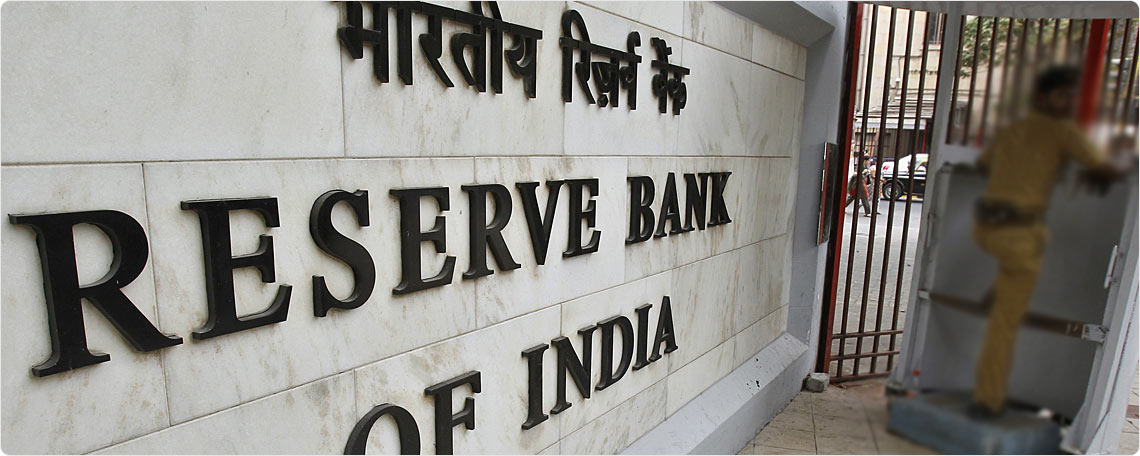Prime Offer: Save 20% Off on your preferred services! Apply Coupon: INVEST20 | Avail Offer
Prime Offer: Save 20% Off. Avail Offer
Prime Offer: Save 20% Off on your preferred services! Apply Coupon: INVEST20 | Avail Offer
Prime Offer: Save 20% Off on your preferred services! Apply Coupon: INVEST20 | Avail Offer
Prime Offer: Save 20% Off. Avail Offer
December 05, 2018
|
We are pleased to present to you our monthly market commentary and outlook for the forthcoming month. The ‘stockaxis’ Market Intelligence’ is a quick update on the markets for the month gone by and our view for the next month. Use our sharp and crisp synopsis to continue building your wealth!
Sectors impacted by oil prices
Crude prices have dropped in the last couple of months from a high of $76 a barrel reached on October 3rd to $52 a barrel on November 27th. This 30% plus drop is bringing good cheer to the economy and industries where crude is a raw material. It is estimated that a $10 drop in crude improves the GDP by ~ 0.20% to 0.30%. Some of the industries positively impacted by drop in crude prices will be aviation, paints and adhesives, petrochemicals and downstream oil processing and marketing companies.
Fuel costs account for approximately 35%-40% of operating costs of aviation companies. A 30% drop will immediately improve operating margins for these companies. This coupled with robust demand should keep aviation stocks flying high.
Similarly, monomers and titanium dioxide used in paints are derived from crude oil, and account for about 30-35% of the total raw material cost of the sector. Similarly, vinyl acetate monomer, a crude oil derivate and a key raw material for making adhesives accounts for 60% of total raw material cost of adhesives companies. The significant drop in crude prices should improve operating margins of these companies over the medium term as the price benefit in oil derivatives would manifest itself after some time.
Petrochemicals are downstream products manufactured from crude. Some of the major petrochemicals and dependent products manufactured in India that will benefit due to lower crude prices will be purified terephthalic acid (PTA), monoethylene glycol (MEG), polyester staple fibre (PSF), partially oriented yarn (POY), polypropylene or high density polyethylene (HDPE) and linear alkyl benzene (LAB).
Downstream oil refining and processing companies refine crude oil, process it and market and distribute products derived from crude oil and natural gas. The downstream products include petrol, kerosene, jet fuel, diesel oil, heating oil, fuel oils, lubricants, natural gas, and liquefied petroleum gas (LPG) as well as hundreds of petrochemicals. When crude prices go down, for downstream companies, crude oil being a raw-material will now buy oil at lower prices. The prices of their refined products may not necessarily decrease by the same proportion as the decrease in crude prices and as a result, they will record an increase in their margins and profits.
NBFC - liquidity relief
After the IL&FS fiasco that froze liquidity to the NBFC sector, the RBI incentivized banks to kick start lending to NBFCs and housing finance companies (HFCs). Banks can now use government securities as level 1 high-quality liquid asset equivalent to the bank’s incremental lending to NBFCs and HFCs. This should ease the mandatory liquidity coverage ratio (LCR) requirements for banks leaving more funds with them to lend. Also, RBI has allowed banks to lend up to 15% of their capital funds (earlier 10%) to a single non-infrastructure funding NBFC. These measures are expected to facilitate bank lending of over Rs.55,000 crores to NBFCs and HFCs thereby bringing liquidity relief.
Capital goods sector - on the rise
Capital goods companies, which have witnessed subdued earnings for the past few years, are now seeing signs of recovery. Early attempts to revive the sector were interrupted by lower capacity utilization in user industries, demonetization and implementation of the goods and services tax (GST). With improving economic demand, user industries’ capacity utilization has been steadily creeping up throwing out need for fresh capacity creation. Order intake and pace of execution have started improving in leading players which should translate to better revenue visibility.
We, at stockaxis, are constantly on the lookout for great businesses run by honest promoters that are available at the right price with sufficient margin of safety. Our stringent stock selection guidelines and clearly stipulated entry and exit points make equity investing a ‘rich’ experience for our investors!

